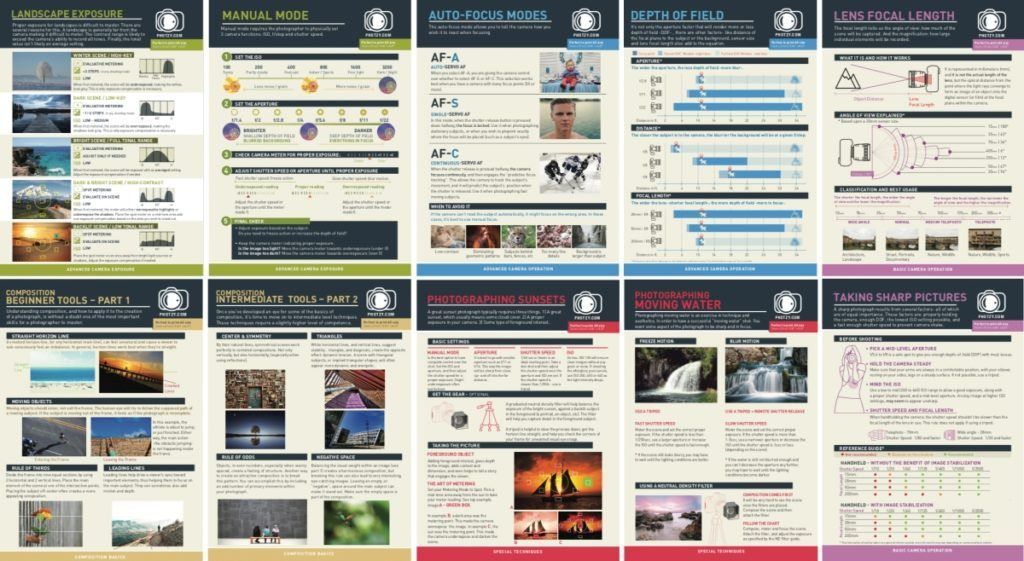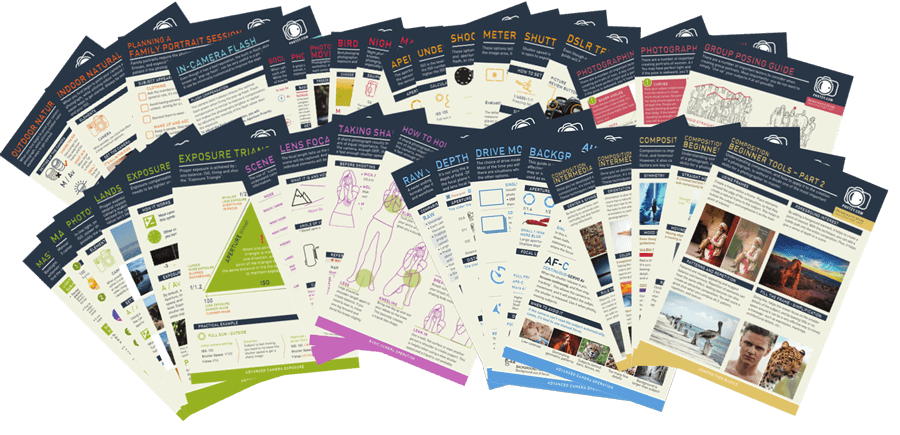Is THIS What’s Missing From Photography Training?

New / Noteworthy
EDITOR’S NOTE: If you’re looking for a quick way to learn the basics of photography take a peek at our popular cheat sheets: The Snap Cards. If you missed out on your set last time, they’re available again and on-sale right now.

Photo by Michał Parzuchowski
One of the primary difficulties with any type of training, photography or otherwise, is that we all have different ways of learning, thinking, and comprehending.
Sure, there are some commonalities that apply to everyone.
However, here is where those commonalities can cause problems.
Most training programs, or even training guides, must follow a path.
The creator of the program, or the guide, must start you on your path to learning somewhere, and they also must bring you to an end result… somewhere further down the line.
Their path may not be the best answer to your learning needs.
This is especially true if you are self-learning.
Now if you are sitting in a classroom at your local university, and taking photography classes, you are destined to proceed as your Professor guides you.
But, most of us are not learning in that environment these days. We learn online. It’s digital. It’s self-guided.
The classic approach to education is linear.
The training that I’m going to share with you today, trains in a non-linear fashion.
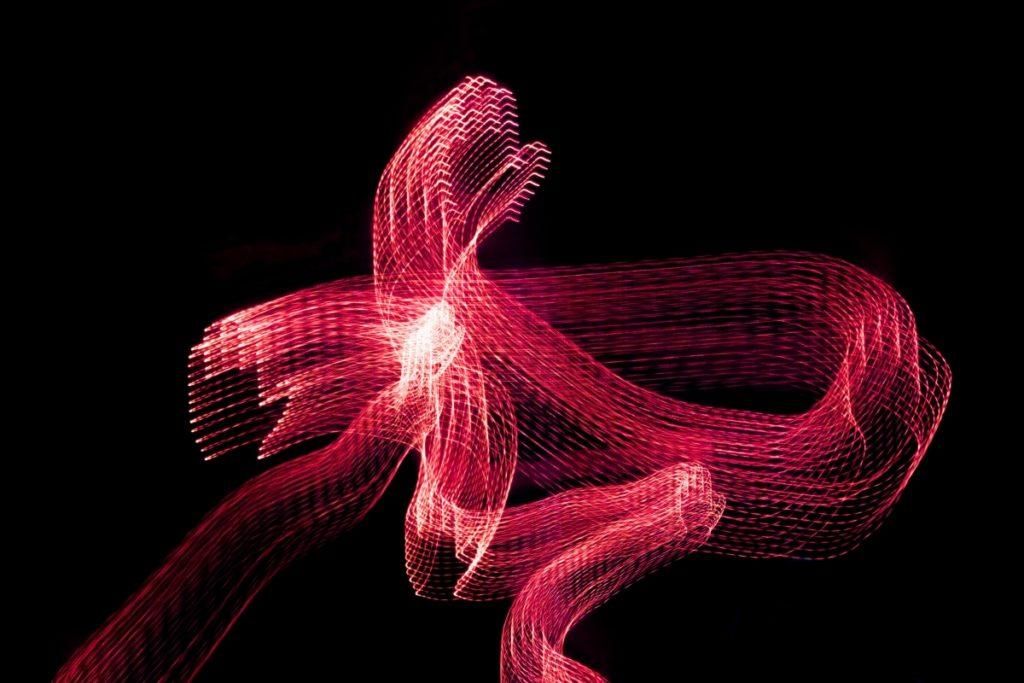
Photo by Antoine Rault
This non-linear photographic training program is called, Snap Cards™
How can non-linear training help you to improve your photography quickly and efficiently?
Let’s take a look at landscape photography as an example.
Landscape photography requires knowledge on numerous photographic skills that include the technical, the aesthetic, and (most definitely) post-processing.
Here’s a short (non all-inclusive) list of landscape photography skills:
- Aperture choice – Does this mean ‘Depth of Field’? What other aspects of landscape photography might be affected by the choice of aperture?
- Shutter speed – Landscapes don’t move, or do they? Is shutter speed important to the success of a landscape image? If so, how?
- Exposure – This one seems like a no-brainer. A well-exposed landscape image always results in a better final photograph. However, what aspect of exposure is giving you trouble? Is it the metering mode? Is it your understanding of the exposure triangle? Is it a lack of understanding as to how the lighting works within your camera?
- Composition – Do your landscape photographs always look dynamic and awesome? If not, why? Do you forget what elements of composition might work best? Do you know how to use motion to your advantage? Or, are you so caught up in the technical that you tend to not even consider the creative?
- What lens would work best for your situation?
- What shooting mode works best? Is it a predetermined ‘fact’ that you must use Manual Mode? Is there a potential reason not to?
- Could the autofocus mode mess up your image? (The answer is yes.)
This is a short list of just some considerations for one particular genre of photography.
Let’s go back to the linear versus non-linear thinking.
If I write a traditional guide for training in landscape photography, I will place the emphasis based upon my own thoughts, biases, and abilities.
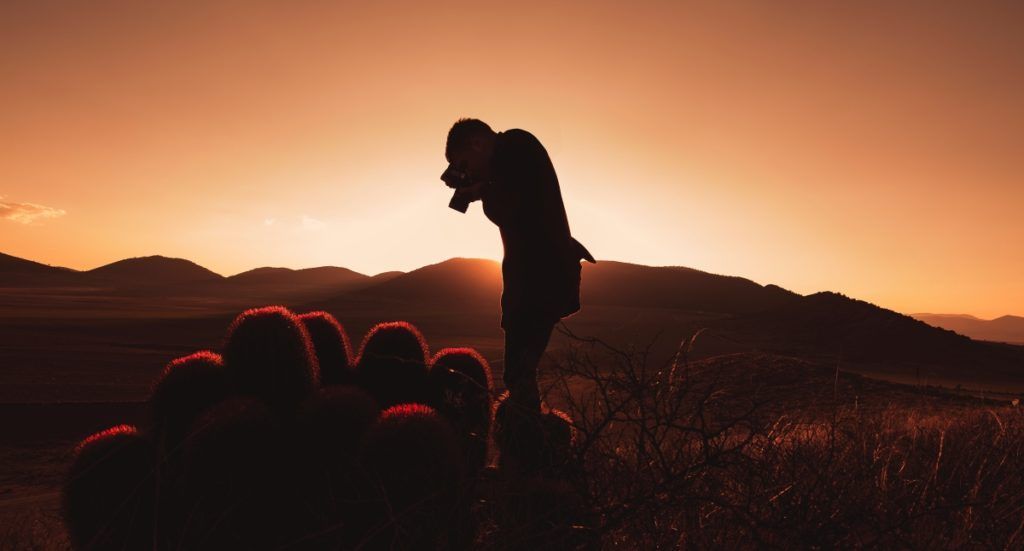
Photo by Asdrubal luna
I might organize my guide’s training path like this-
- Most important element of landscape photography is exposure
- Second most important element is the choice of the lens
- Third most important is making sure the image is sharp
- Fourth most important is Manual Mode
- Fifth most important is composition
- I completely ignore camera functions, because I believe that you should already know how your camera works.
Now let’s look at an ‘example photographer’ who has trouble with their landscape photography, despite having purchased the above-mentioned, linear training guide.
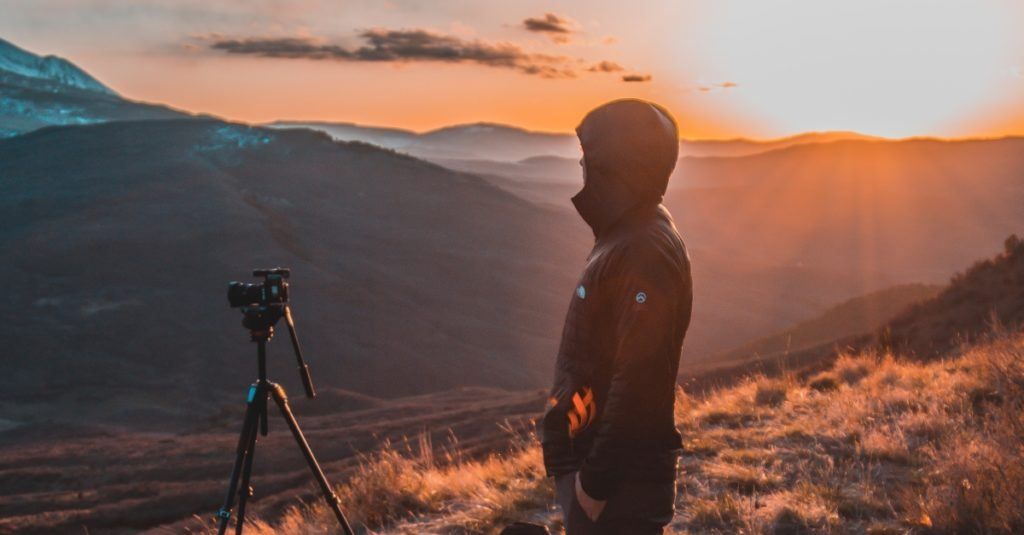
Photo by Jamie Fenn
- Their images aren’t sharp. That is third on the instructor’s list (above) and barely mentioned, including the critical role of aperture selection.
- The photographer doesn’t use Manual Mode, because they don’t understand it. Oops. This instructor believes you should already know that, and it is low on their training list.
- Half of the photographer’s attempts at landscape photography result in images that look flat and uninteresting. So, they try to overcome that in post-production, which simply makes their images look fake. This instructor pushed composition to the bottom of their importance list, because they tend to consider only the technical issues, and they didn’t even mention post-production, because they consider themselves a ‘purist photographer’.
I think you get the picture. (No pun intended.)
Linear training is not working very well.
Snap Cards™ are different because of the way they were conceived, written, designed, and delivered.
Manual Mode giving you trouble? Start there. Can’t quite get your images sharp? Start there. You don’t have a handle on composition? Start there. This is non-linear training!!
Each Snap Card is individually printable.
This releases you, (the user), from the concept of having to start here… and end there.
Is depth of field giving you trouble?
Select the depth of field Snap Card. Print it. Put it in your camera bag. Go out on a photo safari. Pull out your Snap Card, and learn all about depth of field- right there, right now, right while you’re out there actually doing it!
It’s a simple concept that has proven effective to more than 97,142+ photographers from around the globe.
It’s non-linear training.
You decide your path. You work on the photographic techniques that are giving you trouble. You decide the order and length of time given to each training aspect.
In fact, the Snap Cards™ are so effective- that some universities are now using them in their photography programs!! (This is a testament to the design. Linear training institutions, such as a university, found that this non-linear training tool made their program that much more effective!)
I've got something special for you on the next page...
If you’re interested in trying something different– If traditional linear training methods have left you somewhat in the dark…
If the idea of self-guiding, in a non-linear fashion, while you’re out shooting, appeals to you…
Click below now, to read about the Snap Cards on the next page…

About Kent DuFault
Kent DuFault became a photographer in September of 1974. He took a “Basic Photography” class in high school and was hooked for life. His best-selling product, The Printable Snap Cards have helped more than 100,000 photographers learn and master photography on the go!

